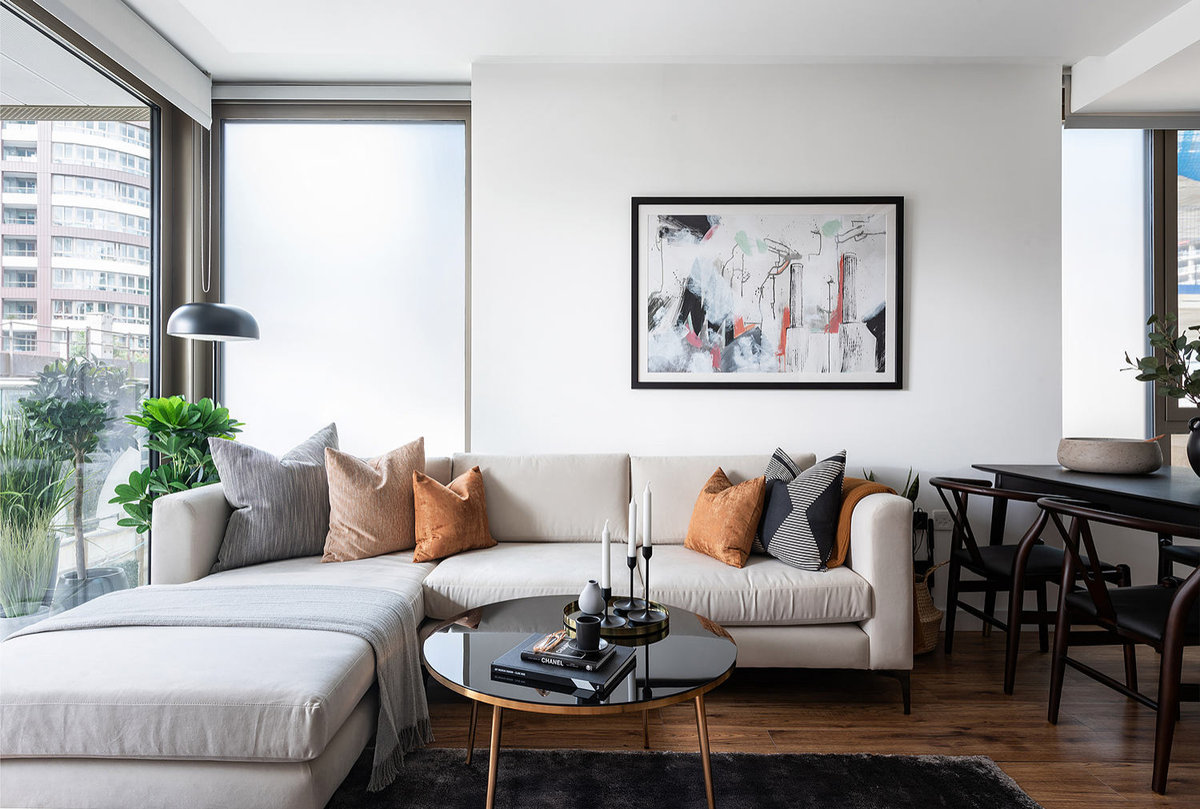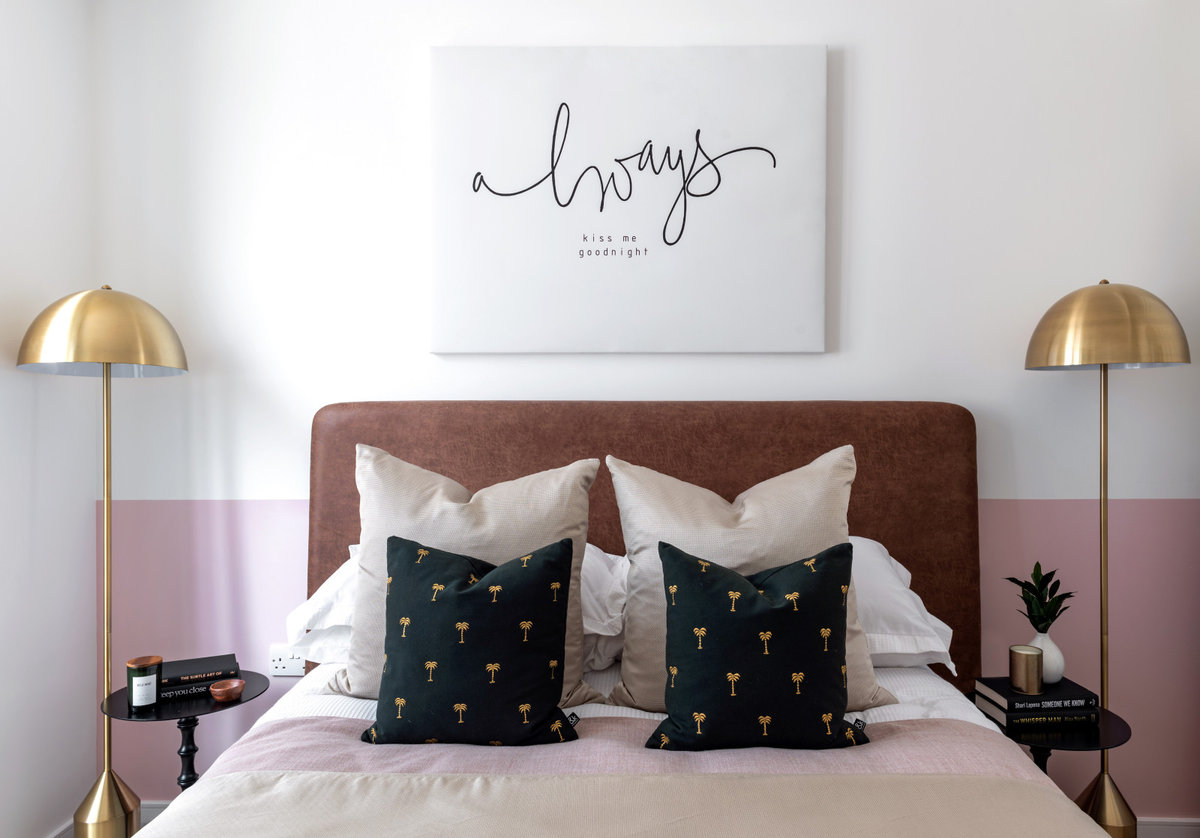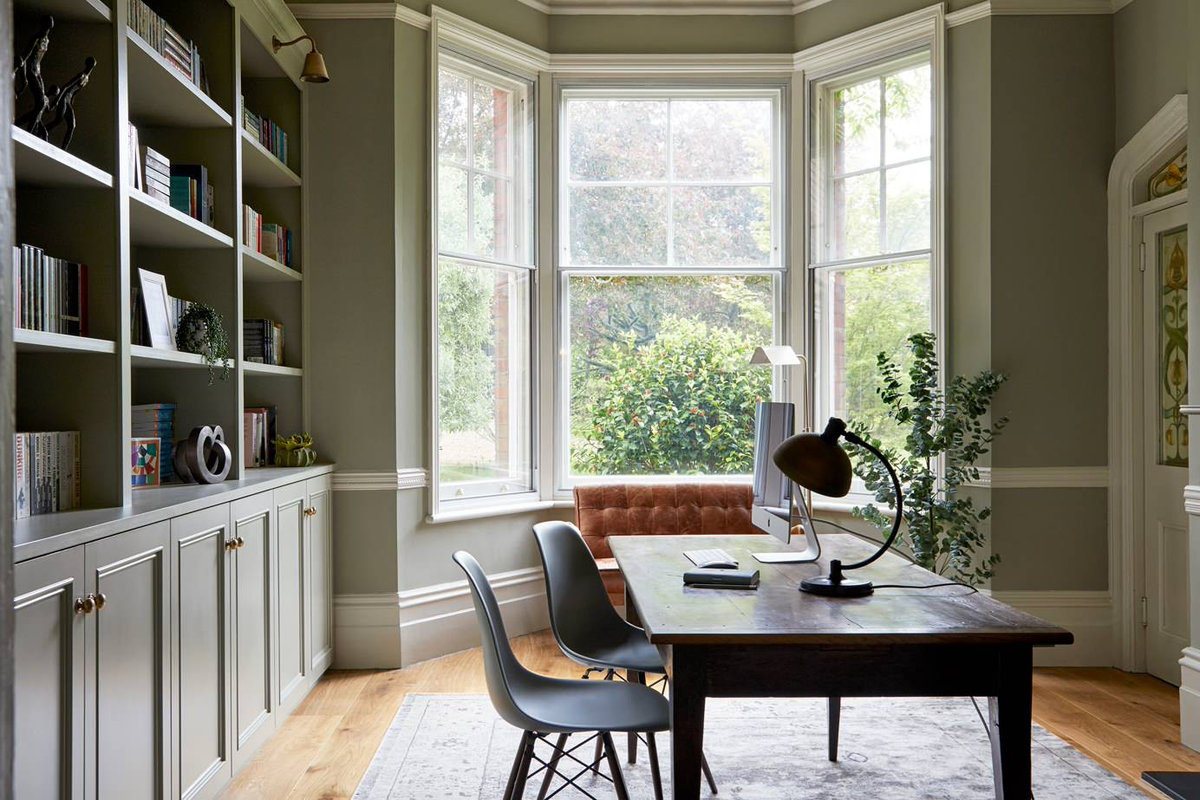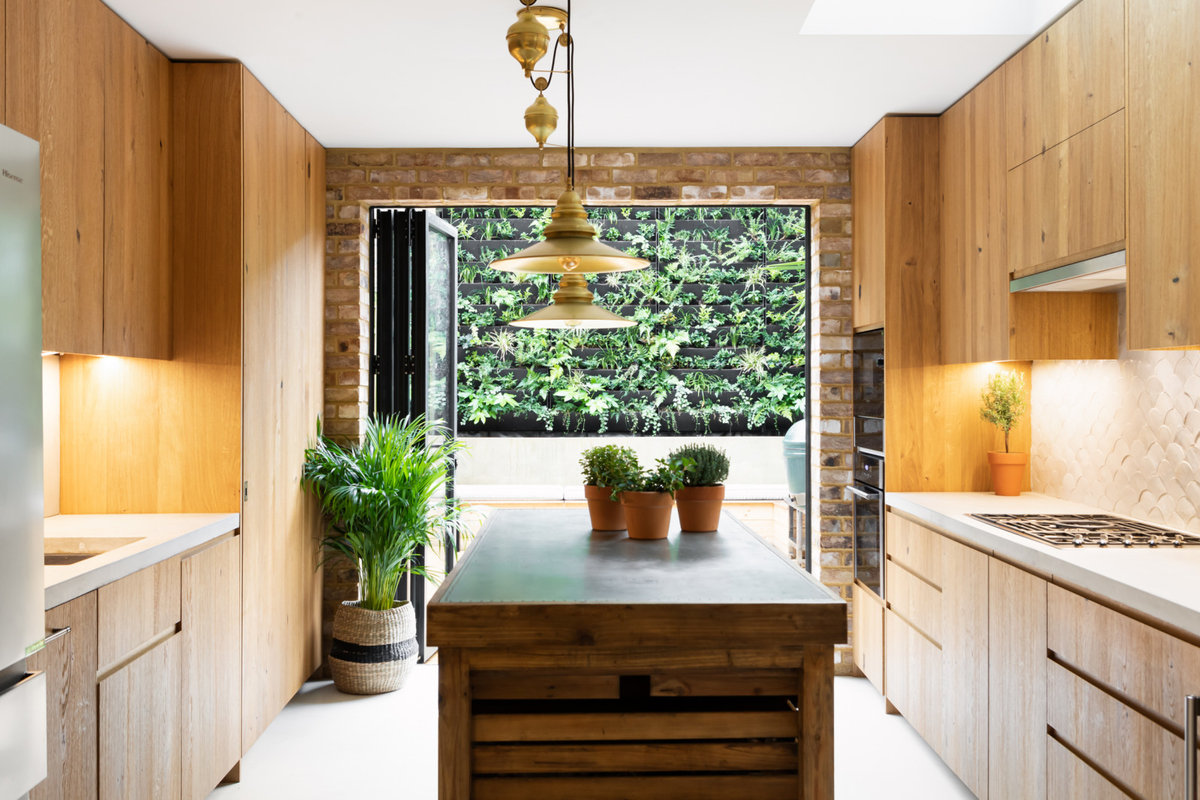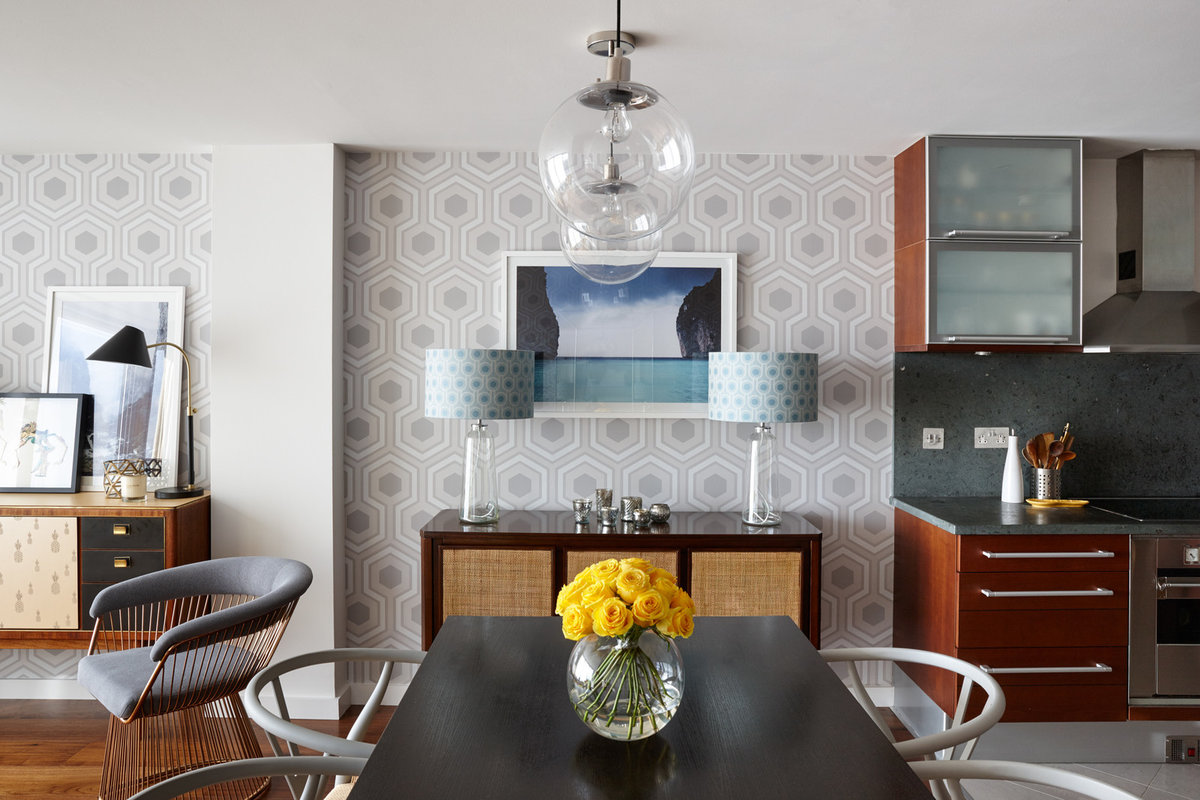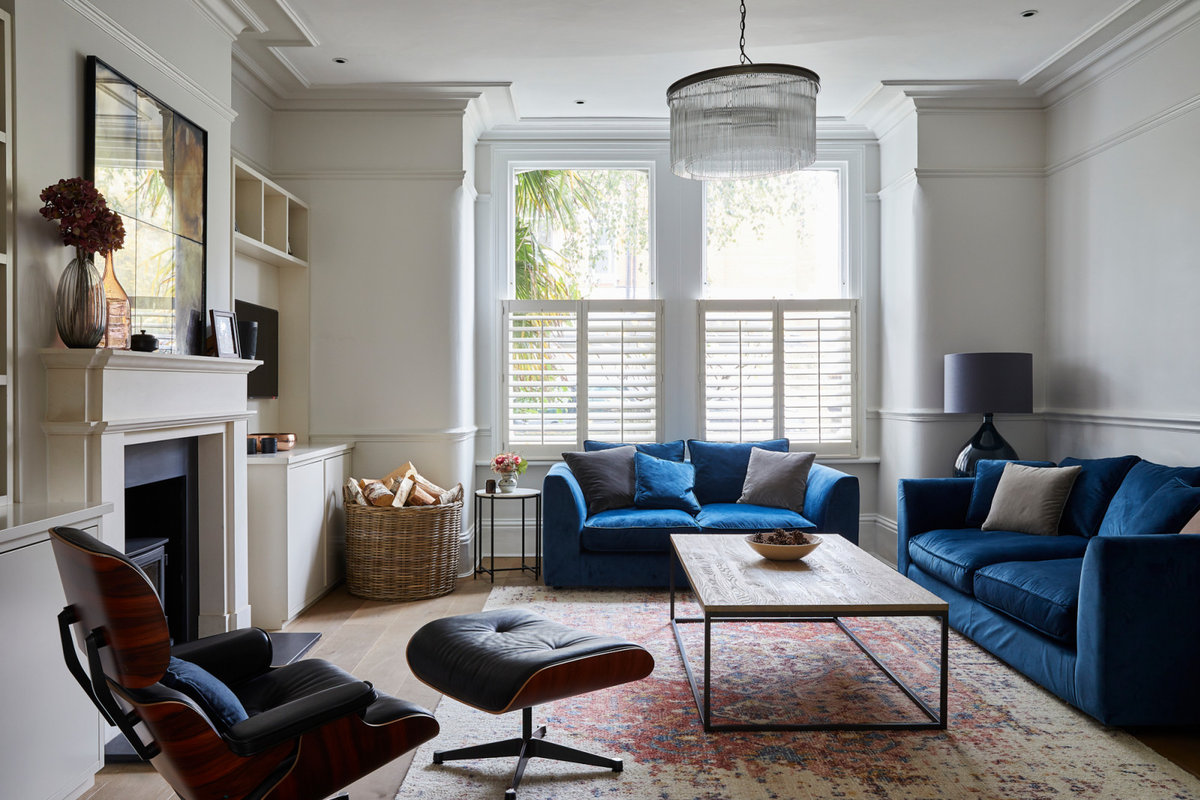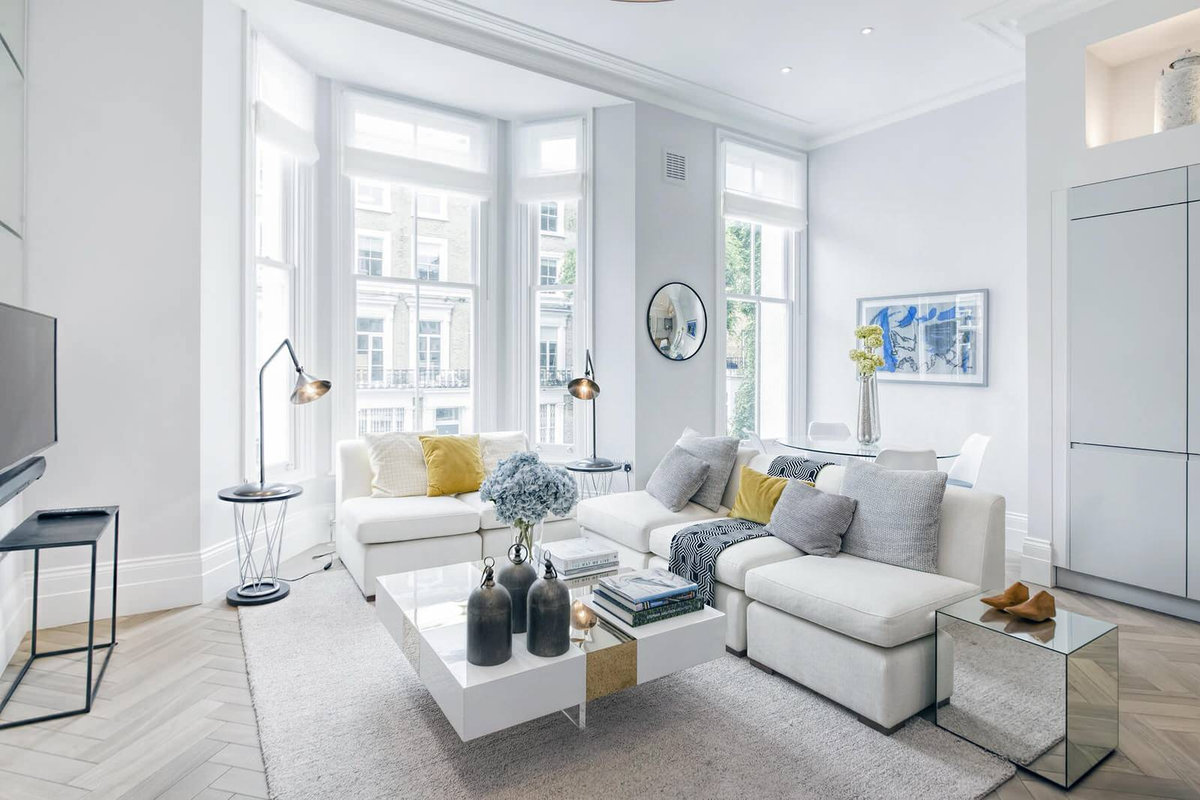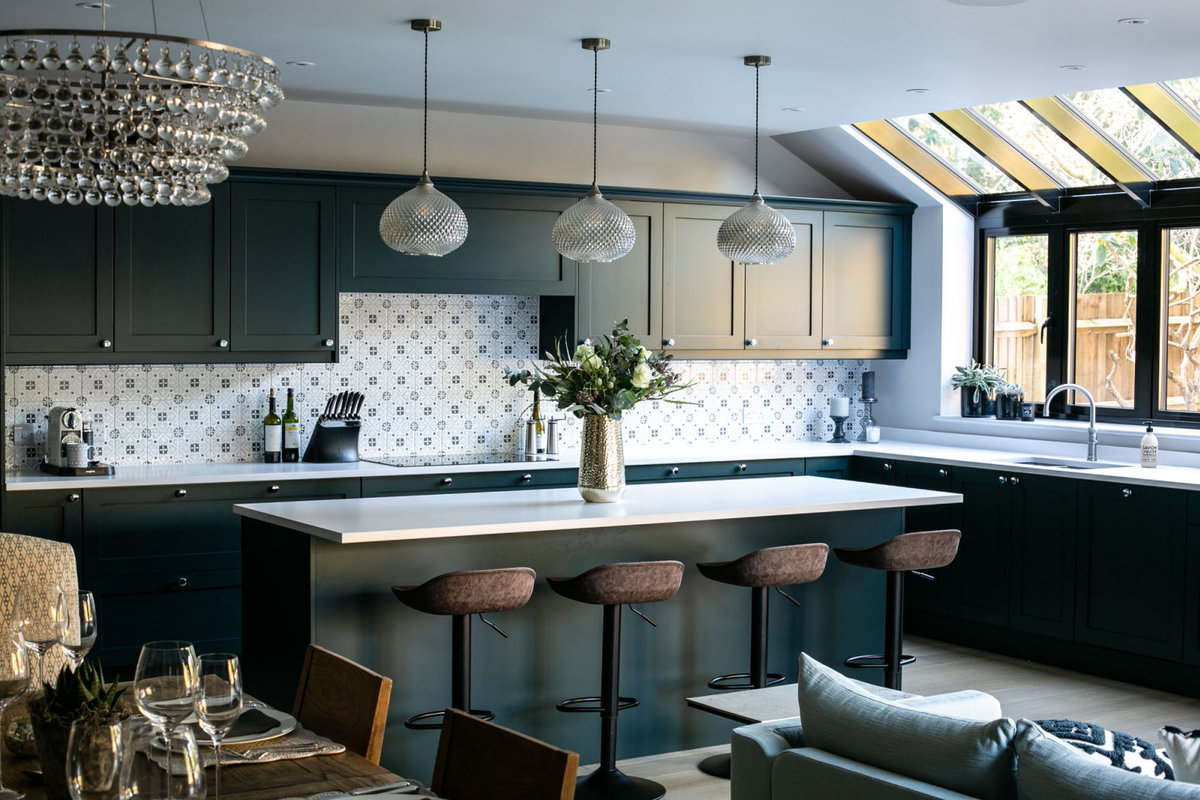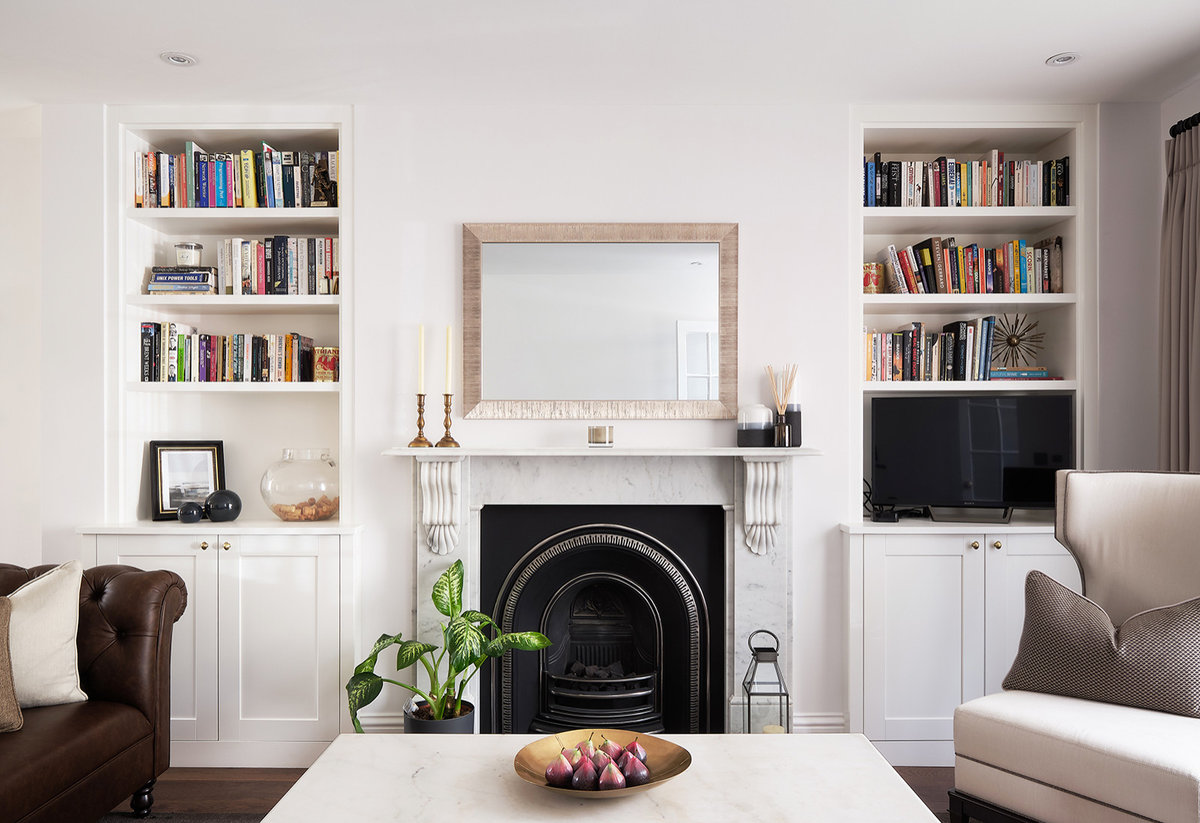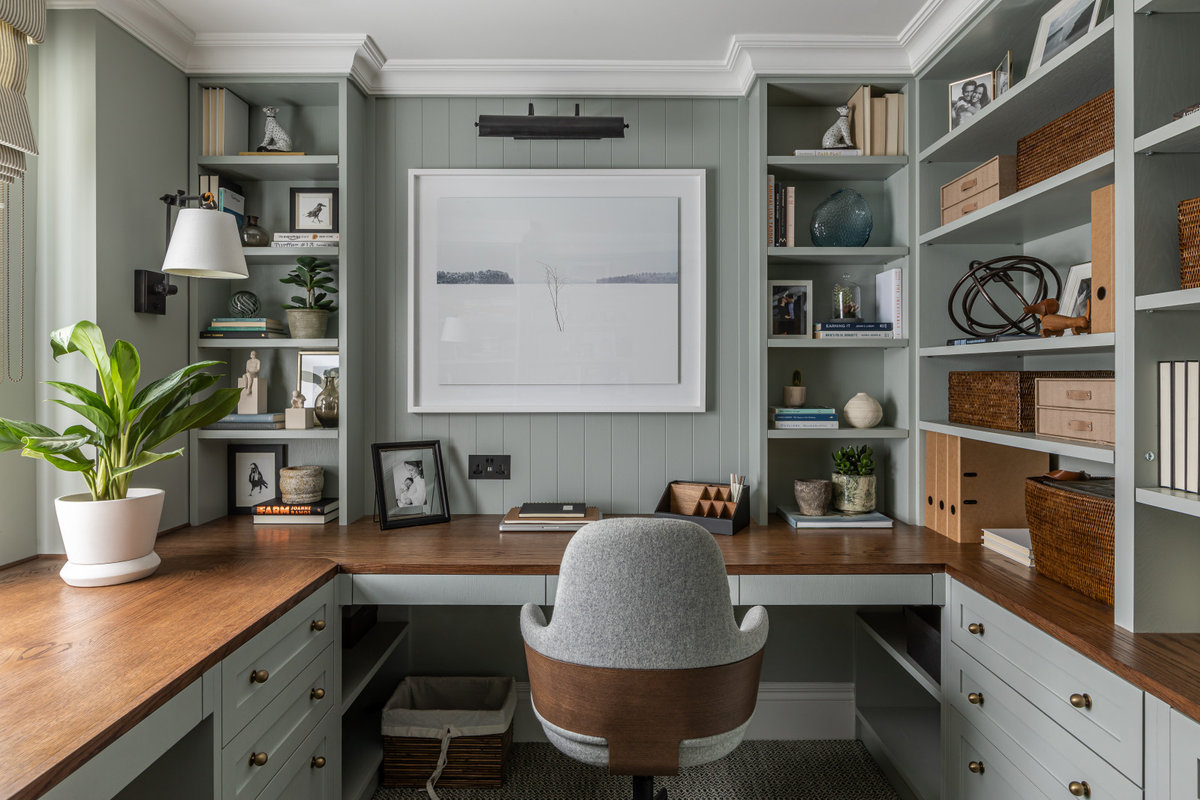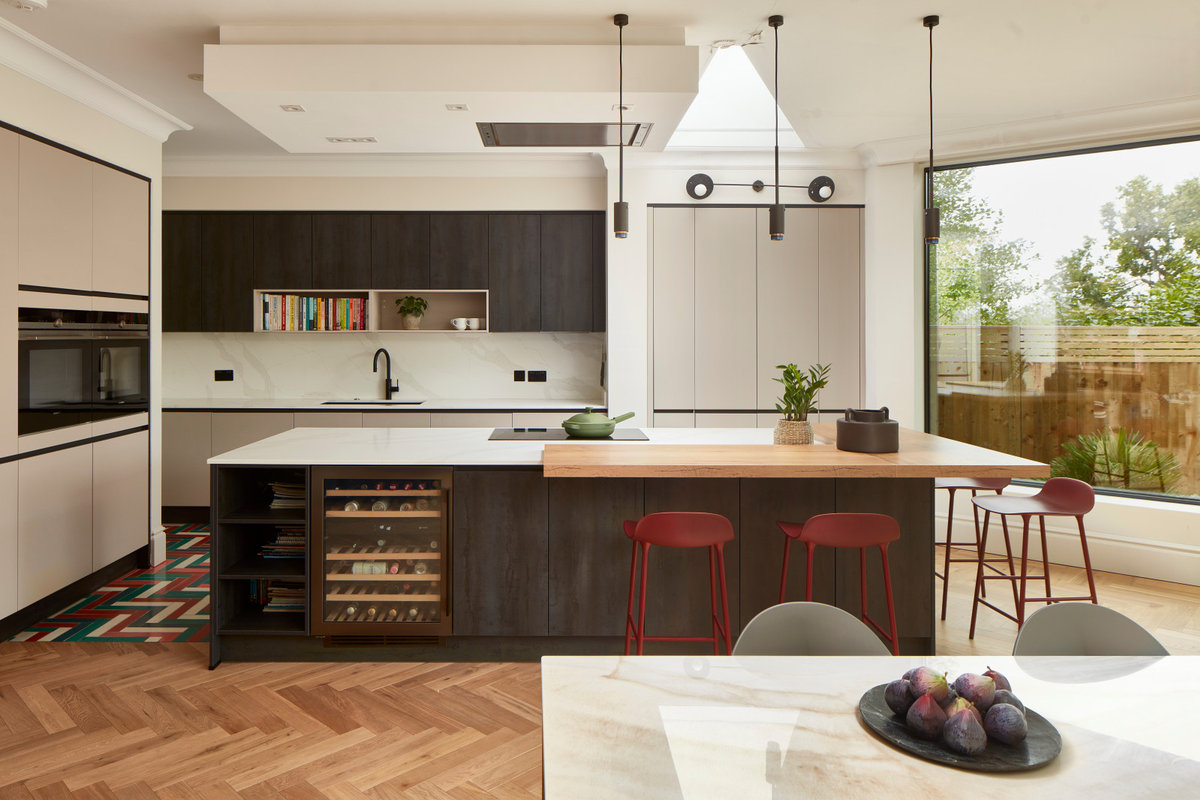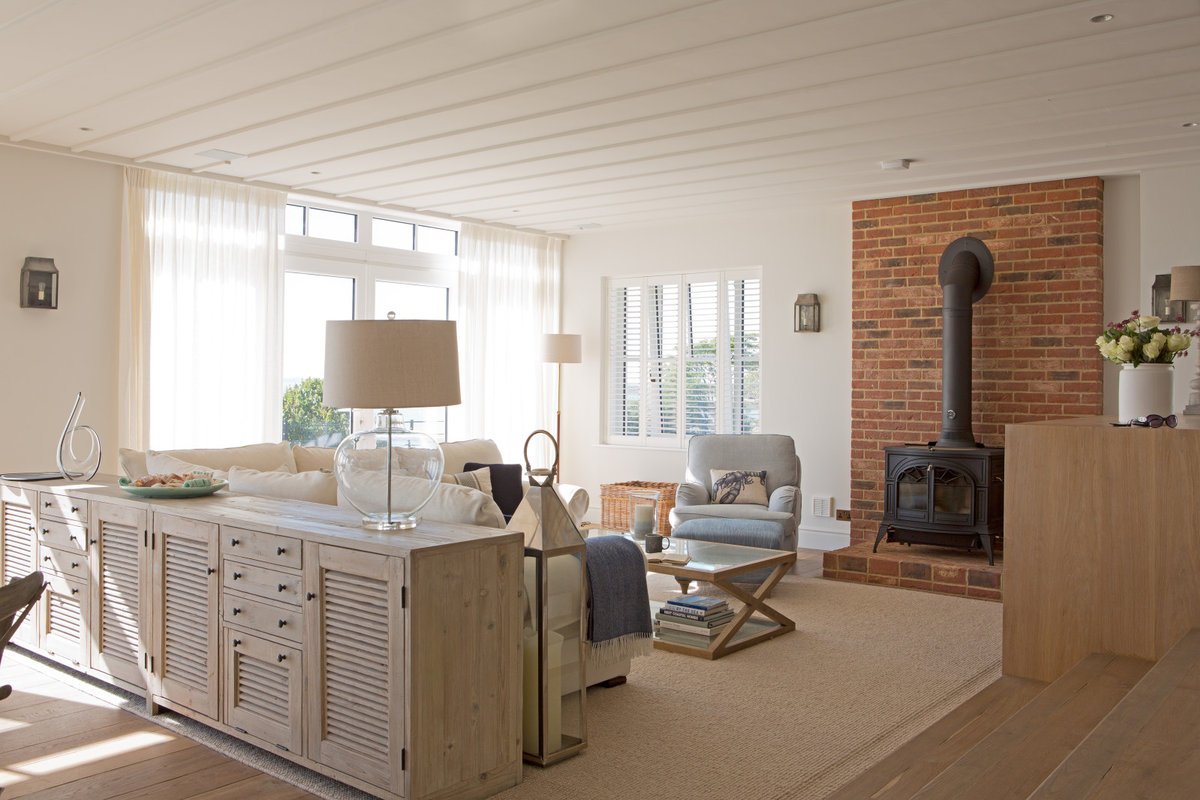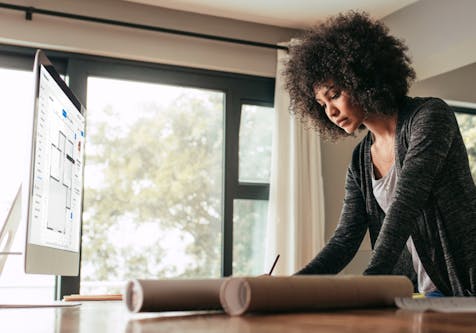8 Skills That Will Help You Grow as an Interior Designer
Four designers share some of the essential skills and characteristics they’ve mastered over the years
So you’re confident you can plan a perfect space and devise a beautiful room scheme, but what other skills do interior designers need? In such a client-facing role, it’s no surprise that soft skills and emotional intelligence come in very handy.
Here, four interior designers share their tips for ensuring smooth, seamless projects and good relationships with suppliers, contractors and clients.
Contributing professionals: Beth Dadswell of Imperfect Interiors; Fiona Duke of FIONA DUKE INTERIORS; Yoko Kloeden of Yoko Kloeden Design; Bhavin Taylor of Bhavin Taylor Design
A good ear
‘It sounds obvious, but the ability to really listen to your client and pick up on the nuances in your conversations is probably the most important skill a designer has,” Beth Dadswell says. “If you go into meetings with a vision for their house and haven’t done your research beforehand, or really listened to their brief, you’re going to waste a lot of time and money.
“You need to be able to get a sense of their style and requirements very early on, and you may even need to politely turn down potential jobs if their style doesn’t align with yours,” she continues. “If they want minimal, hotel-style interiors and you love chintzy country cottages, it’s unlikely to be a smooth ride.”
A facility for digesting information
While listening is crucial, a good designer will also be able to edit down the information the homeowner is presenting.
“Often when you meet new clients, they’re very excited about their prospective design plans,” Fiona Duke says. “Everything that’s been stored in their mind for months about ideas, layouts, colours and plans, they’ll want to share with you – often on the first visit. So it can sometimes be quite a lot to take in and you have to make sure you keep up.
“It’s not just about listening, but actually about how you note and understand all the information that’s being communicated to you,” she says. “Digesting all the information and starting to build a picture of what this client wants is key, as well as knowing when areas need clarifying and when questions need to be asked in order to ensure you fully understand what someone has in mind.”
An ability to explain
Communication is vital when it comes to moving a project along. While you might be able to visualise a design, your client won’t be able to understand your reasoning if you can’t communicate it.
“We can see how one design compromise can lead to problems down the road,” Yoko Kloeden says. “But if you’re a residential designer, you’re dealing with design novices on every project, so it really helps to break down the issues and explain why the idea you’re suggesting is better than what they think they like. You’ll be thanked immensely after the project is completed.”
Assertiveness
Your client has hired you to design a space that works for them, so it’s important to trust your design instincts in order to deliver that brief.
“As a designer, you will have created a vision for your client’s home that caters to their needs, in which you will no doubt have incorporated their suggestions and ideas,” Bhavin Taylor says. “However, if you think their suggestion [won’t work with] the overall look and feel of the design, then you have to say no. Your clients will appreciate your honesty and your expertise to achieve the best outcome.”
Assertiveness will also come in handy on the rare occasion you come across an over-demanding client, Bhavin adds.
“Sometimes, people will try to get away with asking, ‘Could you just do this quick thing?’” he says. “To that you should think, is it in the original scope of work? If not, then you have to politely say no, or suggest an additional fee.
“I know many people find situations like these difficult to deal with,” he says, “but saying yes to maintain the peace will not be of any benefit to either party.”
The art of diplomacy
When using your assertiveness skills, don’t forget to add some tact and diplomacy into the mix, Beth says.
“You may think your client’s suggestions are terrible, but, ultimately, it’s their home, not yours. You have to learn the art of gentle persuasion without causing offence,” she explains.
You might also have to accept some ‘curve ball’ suggestions. “These often create the best interiors, as they stretch and challenge you as a designer,” she says.
“For example, the owner of this home wanted to keep the existing sofas, which were a very bright blue velvet. Initially, I was worried they wouldn’t work with the new scheme, but I managed to tie them in and tone them down with grey velvet cushions, and they ended up being a real feature.”
The power to see into the future
Home design projects take time, and not everything will go smoothly. That’s why, for Yoko, exceptional organisational skills are essential
“Being a successful interior designer requires a tremendous breadth of knowledge and experience of orchestrating many trades,” she explains. “You need to make sure balls don’t get dropped by knowing and predicting common pitfalls.
“You also need to ensure different contractors don’t start fighting,” she adds. “Having strong organisational skills and an ability to prepare beforehand is a must.”
Consider using the Client Dashboard tool on Houzz Pro, to help you share a clear schedule of works with your clients and communicate any changes in real time.
A calm demeanour
“Even with the best planning and organisation, things can go wrong, and you can’t predict what it will be or when it will happen,” Fiona says. “Managing a large design project will mean juggling many different trades and processes and sometimes things do go wrong.
“Not everything will be within your control and, if something does go wrong, you have to ensure you keep a positive mindset,” she continues. “Accept what’s happened and take action to provide a solution. Forgo blame and solve whatever it is that needs solving. Take control, learn from the mistake, and overcome whatever the difficulties are.”
Counselling competency
“When dealing with clients who are couples, you will for sure have to deal with multiple conflicting thoughts and ideas,” Bhavin laughs. “From past experience, I tend to let them squabble for a bit and then jump in by saying something like, ‘In my opinion, we should do this.’
“In doing so, firstly you’ll diffuse what can quite often be a heated moment,” he says. “Secondly, you’ll encourage the couple to stop and listen, as they will value your opinion, honesty and expertise. This is why they hired you in the first place.”

